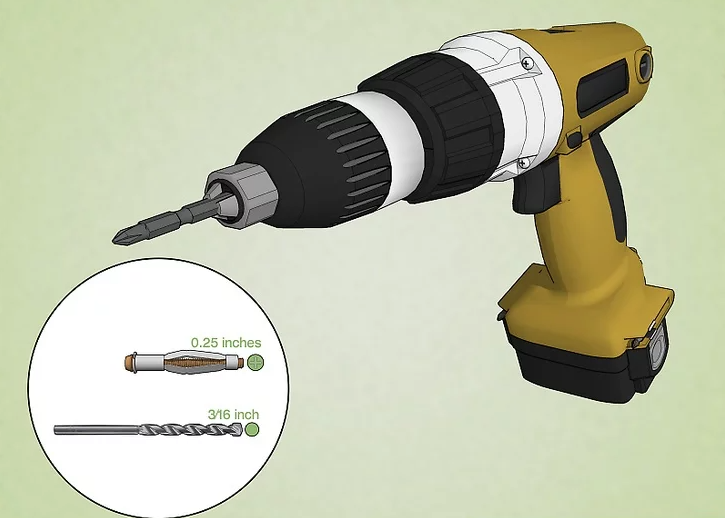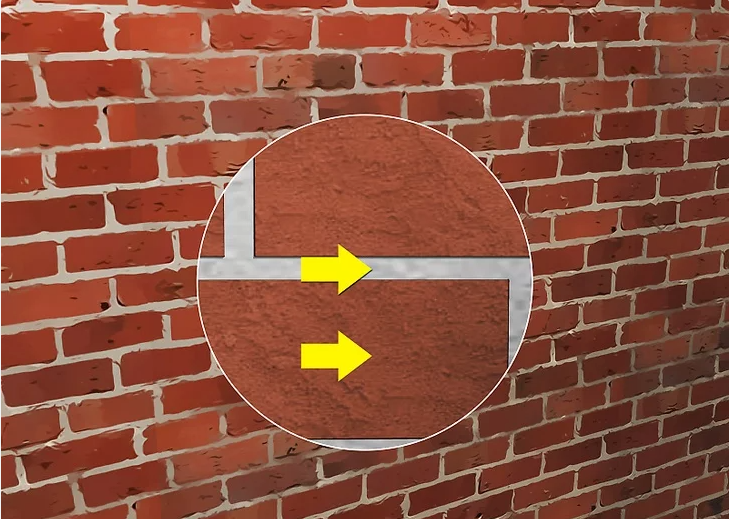您的购物车目前是空的!
Hanging items on a brick wall might seem intimidating or even impossible, but it’s definitely doable. For heavier objects or when you need extra security, use screw-in anchor hooks. Simply pre-drill holes into the mortar or brick, screw in the anchor hook, and you’re ready to hang your item. For lighter objects, you can opt for adhesive or clamp anchors, but these are best suited for smaller, less heavy items.
Part1 Drilling Anchor Holes

1. Purchase Anchors Rated for the Weight You Want to Hang
Before starting, determine the weight of the object you want to hang by placing it on a scale. Purchase anchors that are rated for at least this weight, ideally higher. For example, if your framed picture weighs 7 pounds (3,200 g), choose anchors rated for 10 pounds (4,500 g) or more. Hardware stores typically carry anchors suitable for brick, and for larger or heavier items, consider using multiple anchors. For example, hang a 10-pound framed picture using two anchors, each rated for 5 pounds (2,300 g).
Choosing the Right Anchors
For more tips on choosing the right anchors, visit Selecting the Best Anchors for Heavy Objects.

2. Get a Drill and Set of Masonry Bits That Match Your Screw Size
Next, gather a drill and a set of masonry drill bits. You can find these tools at your local hardware store. The drill bit should be slightly smaller than the width of the screws you’re using to ensure a snug fit. For example, if your screws are 0.25 inches (0.64 cm) wide, use a 3⁄16 inch (0.48 cm) drill bit.
Selecting the Right Drill Bit
Learn more about choosing the right drill bits at Masonry Drill Bit Guide.

3. Choose Whether to Drill into Brick or Mortar
Decide whether to drill into the brick or the mortar. Mortar is softer and easier to drill, so it’s often the preferred choice. Drilling into the brick is also possible, though it requires more time and effort. Mortar typically provides better support since bricks can be hollow.
Drilling into Mortar vs. Brick
For more information, check out Drilling into Mortar or Brick.

4. Mark Where You Will Drill Holes
Using a marker or pencil, plan where to drill the holes. Make sure the holes are spaced far enough apart to avoid weakening the mortar or brick, which could cause cracking. For lighter objects, one anchor in the center is sufficient, but for larger items, place one anchor on each side for extra support. Always measure the height of the screws before drilling and use a level to ensure that the marks are even.
Planning Your Drill Holes
To learn more about marking drill locations, visit How to Mark Drill Points on Brick.

5. Drive the Drill Bit into Each Mark
When drilling, keep the drill bit perpendicular to the wall and proceed slowly. Use a bit that’s narrower than the screw, and drill slightly deeper than the length of your screw/anchor. For instance, if your screws are 0.75 inches (1.9 cm) long, drill about 0.8 inches (2.0 cm) deep. Reverse the drill bit when you’re finished to clear out debris, or use a pipe cleaner to remove any dust from the hole.
Drilling Techniques and Tips
For more details on drilling into brick or mortar, check out Drilling Into Hard Surfaces.